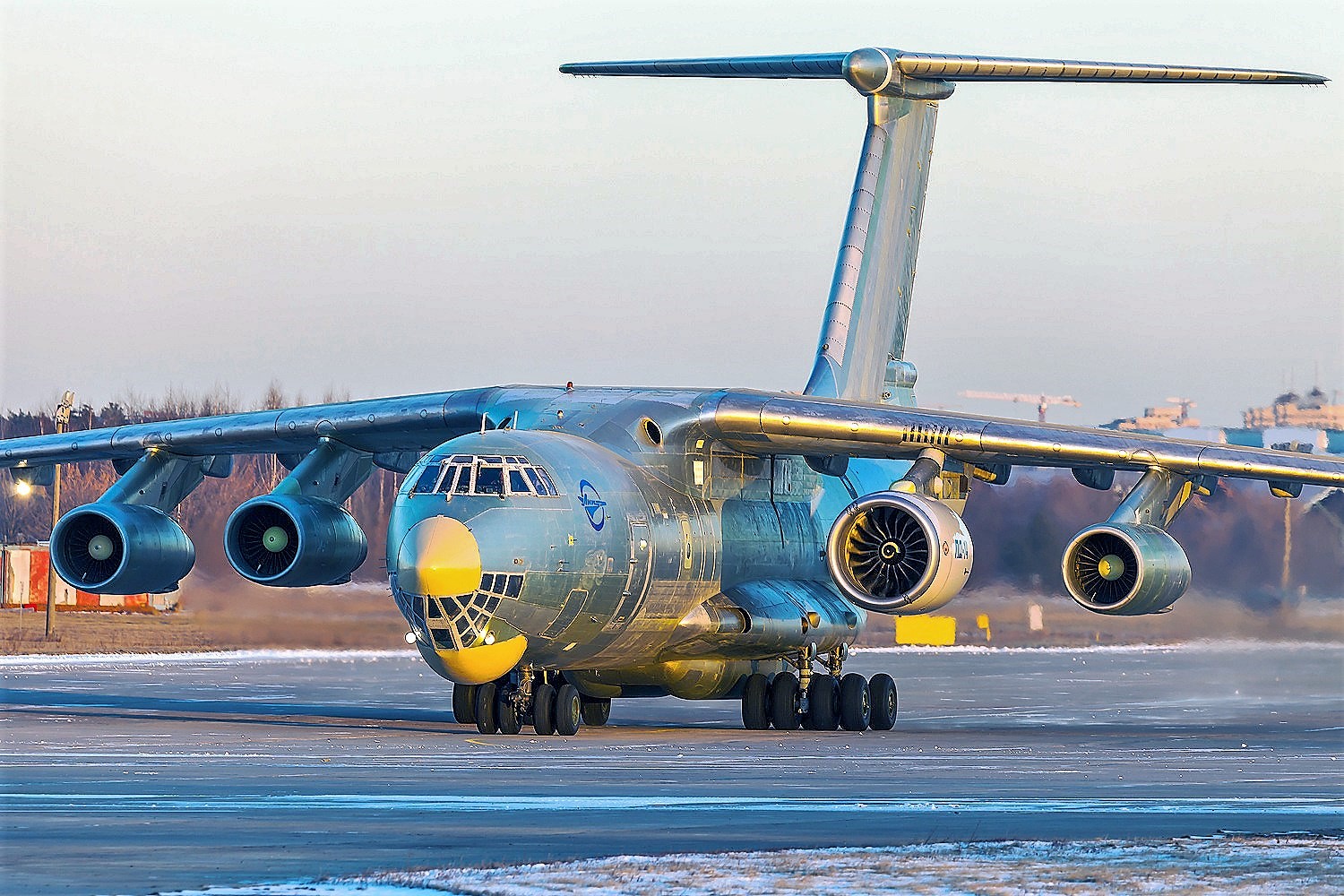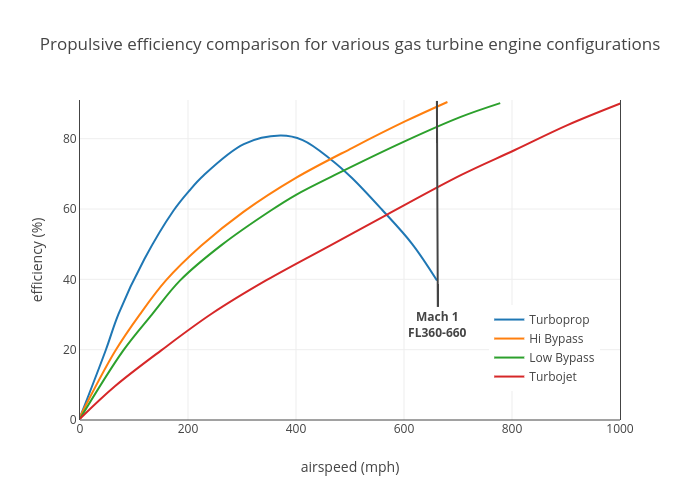|
ACAE CJ-1000A
The AECC CJ-1000A ( Chang Jiang-1000A/长江-1000A) is a Chinese high-bypass turbofan jet engine currently in development. Design The CJ-1000A is developed for the Comac C919 narrow-body airliner with a thrust of . It has a diameter of and a length of , to be compared with the CFM LEAP-1C diameter and length. It uses a similar two-spool configuration, with a one-stage fan, three-stage booster, 10-stage high-pressure compressor, two-stage high-pressure turbine and six-stage low pressure turbine, compared to the Leap-1C seven stages. Its 18 wide-chord fan blades are made of hollow titanium like those of Rolls-Royce Plc., and its single annular combustor uses 3D printed fuel nozzles. Development A model of the CJ-1000Al was exhibited at the AVIC booth of the September 2011 Beijing Air Show, and was expected to be completed in 2016. At the time, entry into service was targeted for 2020 and a possible cooperation with MTU Aero Engines was studied. In 2013, Avic Engine subs ... [...More Info...] [...Related Items...] OR: [Wikipedia] [Google] [Baidu] |
High-bypass Turbofan
The turbofan or fanjet is a type of airbreathing jet engine that is widely used in aircraft engine, aircraft propulsion. The word "turbofan" is a portmanteau of "turbine" and "fan": the ''turbo'' portion refers to a gas turbine engine which achieves mechanical energy from combustion, and the ''fan'', a ducted fan that uses the mechanical energy from the gas turbine to force air rearwards. Thus, whereas all the air taken in by a turbojet passes through the combustion chamber and turbines, in a turbofan some of that air bypasses these components. A turbofan thus can be thought of as a turbojet being used to drive a ducted fan, with both of these contributing to the thrust. The ratio of the mass-flow of air bypassing the engine core to the mass-flow of air passing through the core is referred to as the bypass ratio. The engine produces thrust through a combination of these two portions working together; engines that use more Propelling nozzle, jet thrust relative to fan thrust are ... [...More Info...] [...Related Items...] OR: [Wikipedia] [Google] [Baidu] |
Airworthiness Certificate
A standard certificate of airworthiness is a permit for commercial passenger or cargo operation, issued for an aircraft by the civil aviation authority in the state/nation in which the aircraft is registered. For other aircraft such as crop-sprayers, a Special Airworthiness Certificate (not for commercial passenger or cargo operations) must be issued. Legal authority A certificate of airworthiness (CoA), or an airworthiness certificate, is issued for an aircraft by the civil aviation authority in the state in which the aircraft is registered. The CoA attests that the aircraft is airworthy insofar as the aircraft conforms to its type design. Each certificate is issued in one of a number of different categories when the aircraft is registered in the name of the owner. Thereafter, a yearly currency fee is payable to renew the CoA. If this fee is not paid when due, the certificate expires and the owner must apply again for the certificate. The CoA can only be issued when a maintenan ... [...More Info...] [...Related Items...] OR: [Wikipedia] [Google] [Baidu] |
Aviadvigatel PD-14
The Aviadvigatel PD-14 (previously known as PS-12) is a high-bypass turbofan being developed by Aviadvigatel to power the Irkut MC-21 twin-jet airliner. It is a 14 tf (30,865 lbf) thrust powerplant. Development In December 2009, the PD-14 was developed to be 15% more efficient than its PS-90A2 predecessor to be installed on the MS-21 and the Ilyushin Il-276. The PD-14 was announced in early 2010 with its development cost estimated at RUB 35 billion (US$1.1 billion). In April 2010, Aviadvigatel was expecting to start its certification procedure in 2012. Its core was first tested on 26 November 2010. It was displayed for the first time at the 2013 MAKS air show. Flight tests began in 2015 on an Ilyushin Il-76. Between December 2016 and May 2017, the PD-14 operational performance and working efficiency at all altitudes and speeds were assessed on the Il-76 testbed aircraft at Gromov Flight Research Institute near Moscow. After two years exploring performance at most altitude ... [...More Info...] [...Related Items...] OR: [Wikipedia] [Google] [Baidu] |
WS-10
The Shenyang WS-10 (), codename Taihang, is a turbofan engine designed and built by the People's Republic of China. Chinese media reported 266 engines were manufactured from 2010 to 2012 for the J-11 program. Unofficial estimates placed production at more than 300 units by May 2015. Description The WS-10A is advertised as an engine with thrust. It has full authority digital engine control (FADEC). Development The WS-10 is derived from the CFM56 with the experience gained from the Woshan WS-6 turbofan project, which was abandoned at the start of the 1980s. The WS-10 project was reportedly started by Deng Xiaoping in 1986 to produce an engine comparable to the Saturn AL-31. The work was given to the Shenyang Aeroengine Research Institute (606 Institute) of the Aviation Industry Corporation of China (AVIC). Initial production models suffered quality issues from the early direct use of AL-31 control systems. Furthermore, Salyut refused to sell source code of the full authorit ... [...More Info...] [...Related Items...] OR: [Wikipedia] [Google] [Baidu] |
WS-15
The WS-15 (), codename Emei, is a Chinese afterburning turbofan engine designed by the Shenyang Aeroengine Research Institute and manufactured by the Xi'an Aero-Engine Corporation. The WS-15 is intended to power and enable supercruising on the Chengdu J-20. Design and development Development of the WS-15 afterburning turbofan engine began in the early 1990s. In 2005, the engine performed successfully on the testbed. An image of the core appeared at the 2006 China International Aviation & Aerospace Exhibition. In 2009, a prototype achieved and a thrust-to-weight ratio of 9. The thrust target was reported as in 2012. In March 2022, Chinese state media reported that the J-20 had performed trials with the engine and experienced significantly improved performance. Specifications See also * Shenyang WS-10 * Guizhou WS-13 * WS-20 * CJ-1000A * List of aircraft engines * List of Chinese aircraft engines Aircraft engines produced by the People's Republic of China. Most of the e ... [...More Info...] [...Related Items...] OR: [Wikipedia] [Google] [Baidu] |
WS-20
The WS-20 () is a high-bypass turbofan currently powering the Y-20 family of strategic airlifters in limited numbers. It is based on the core of the low-bypass turbofan Shenyang WS-10A. The thrust range is . Testing with the Ilyushin Il-76 began by 2013. Development continued in 2021. Images of Y-20 equipped with WS-20s emerged in 2022. Applications * Xian Y-20 See also * CJ-1000A * WS-10 The Shenyang WS-10 (), codename Taihang, is a turbofan engine designed and built by the People's Republic of China. Chinese media reported 266 engines were manufactured from 2010 to 2012 for the J-11 program. Unofficial estimates placed pr ... * WS-15 References {{AVIC Aero Products High-bypass turbofan engines 2010s turbofan engines ... [...More Info...] [...Related Items...] OR: [Wikipedia] [Google] [Baidu] |
WikiProject Aircraft
A WikiProject, or Wikiproject, is a Wikimedia movement affinity group for contributors with shared goals. WikiProjects are prevalent within the largest wiki, Wikipedia, and exist to varying degrees within sister projects such as Wiktionary, Wikiquote, Wikidata, and Wikisource. They also exist in different languages, and translation of articles is a form of their collaboration. During the COVID-19 pandemic, CBS News noted the role of Wikipedia's WikiProject Medicine in maintaining the accuracy of articles related to the disease. Another WikiProject that has drawn attention is WikiProject Women Scientists, which was profiled by '' Smithsonian'' for its efforts to improve coverage of women scientists which the profile noted had "helped increase the number of female scientists on Wikipedia from around 1,600 to over 5,000". On Wikipedia Some Wikipedia WikiProjects are substantial enough to engage in cooperative activities with outside organizations relevant to the field at issue. For e ... [...More Info...] [...Related Items...] OR: [Wikipedia] [Google] [Baidu] |
Thrust Specific Fuel Consumption
Thrust-specific fuel consumption (TSFC) is the fuel efficiency of an engine design with respect to thrust output. TSFC may also be thought of as fuel consumption (grams/second) per unit of thrust (newtons, or N), hence ''thrust-specific''. This figure is inversely proportional to specific impulse, which is the amount of thrust produced per unit fuel consumed. TSFC or SFC for thrust engines (e.g. turbojets, turbofans, ramjets, rockets, etc.) is the mass of fuel needed to provide the net thrust for a given period e.g. lb/(h·lbf) (pounds of fuel per hour-pound of thrust) or g/(s·kN) (grams of fuel per second-kilonewton). Mass of fuel is used, rather than volume (gallons or litres) for the fuel measure, since it is independent of temperature. Specific fuel consumption of air-breathing jet engines at their maximum efficiency is more or less proportional to exhaust speed. The fuel consumption ''per mile'' or ''per kilometre'' is a more appropriate comparison for aircraft that travel a ... [...More Info...] [...Related Items...] OR: [Wikipedia] [Google] [Baidu] |
Overall Pressure Ratio
In aeronautical engineering, overall pressure ratio, or overall compression ratio, is the ratio of the stagnation pressure as measured at the front and rear of the compressor of a gas turbine engine. The terms ''compression ratio'' and ''pressure ratio'' are used interchangeably. Overall compression ratio also means the ''overall cycle pressure ratio'' which includes intake ram. History of overall pressure ratios Early jet engines had limited pressure ratios due to construction inaccuracies of the compressors and various material limits. For instance, the Junkers Jumo 004 from World War II had an overall pressure ratio 3.14:1. The immediate post-war Snecma Atar improved this marginally to 5.2:1. Improvements in materials, compressor blades, and especially the introduction of multi-spool engines with several different rotational speeds, led to the much higher pressure ratios common today. Modern civilian engines generally operate between 40 and 55:1. The highest in-service is th ... [...More Info...] [...Related Items...] OR: [Wikipedia] [Google] [Baidu] |
Bypass Ratio
The bypass ratio (BPR) of a turbofan engine is the ratio between the mass flow rate of the bypass stream to the mass flow rate entering the core. A 10:1 bypass ratio, for example, means that 10 kg of air passes through the bypass duct for every 1 kg of air passing through the core. Turbofan engines are usually described in terms of BPR, which together with engine pressure ratio, turbine inlet temperature and fan pressure ratio are important design parameters. In addition, BPR is quoted for turboprop and unducted fan installations because their high propulsive efficiency gives them the overall efficiency characteristics of very high bypass turbofans. This allows them to be shown together with turbofans on plots which show trends of reducing specific fuel consumption (SFC) with increasing BPR. BPR is also quoted for lift fan installations where the fan airflow is remote from the engine and doesn't physically touch the engine core. Bypass provides a lower fuel consumption ... [...More Info...] [...Related Items...] OR: [Wikipedia] [Google] [Baidu] |
CRAIC CR929
The CRAIC CR929 (UAC: ), formerly known as Comac C929, is a planned long-range 250-to-320-seat wide-body twinjet airliner family to be developed by CRAIC, a joint-venture between Chinese Comac and Russian United Aircraft Corporation (UAC), to challenge the Airbus and Boeing duopoly. Construction of the first prototype began by September 2021. Development In June 2011, Comac was studying the 290-seat C929 and 390-seat C939 wide-body aircraft. In June 2012, after assessing demand, Russia and China were to set up a joint venture between UAC and Comac to develop a successor to the Il-96. Development was expected to take at least seven years and cost $7–12 billion, with a production target of several hundred aircraft. Russia would contribute its knowledge and China would provide the resources. In May 2014, a memorandum on cooperation was reached and a feasibility study completed in autumn 2014. UAC estimated that wide-body demand worldwide through 2033 amounts to 8,000 aircraft, ... [...More Info...] [...Related Items...] OR: [Wikipedia] [Google] [Baidu] |



